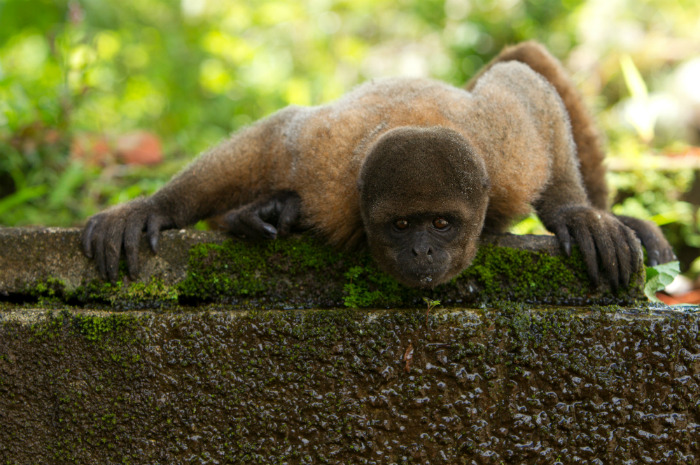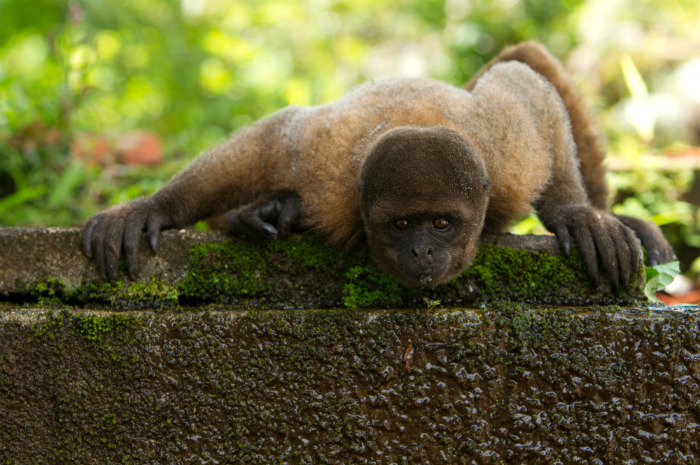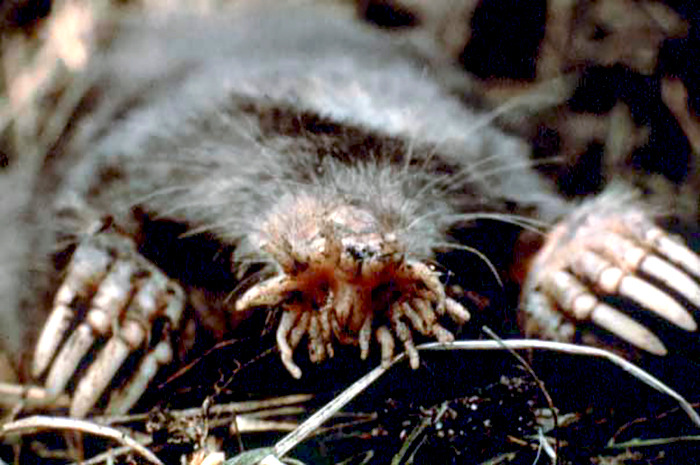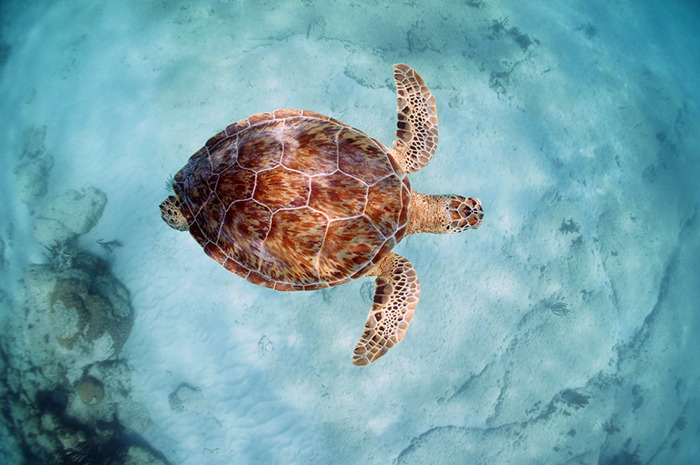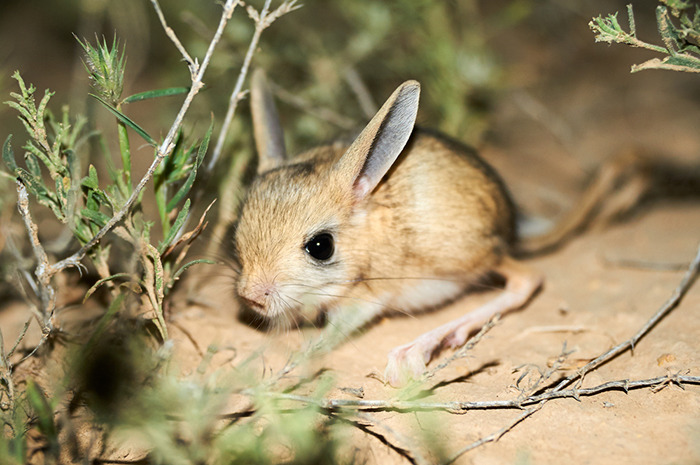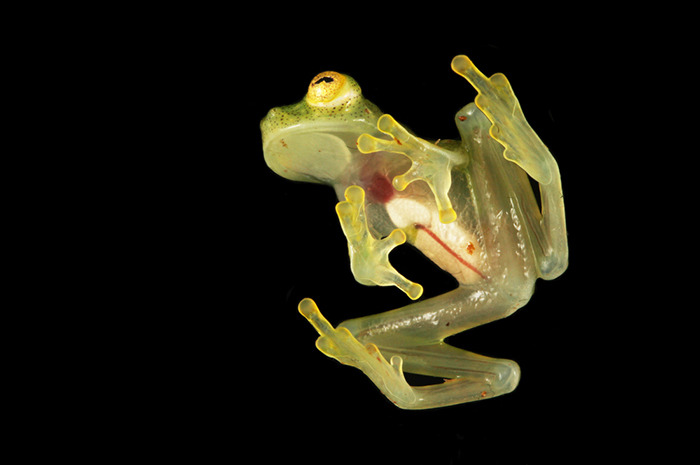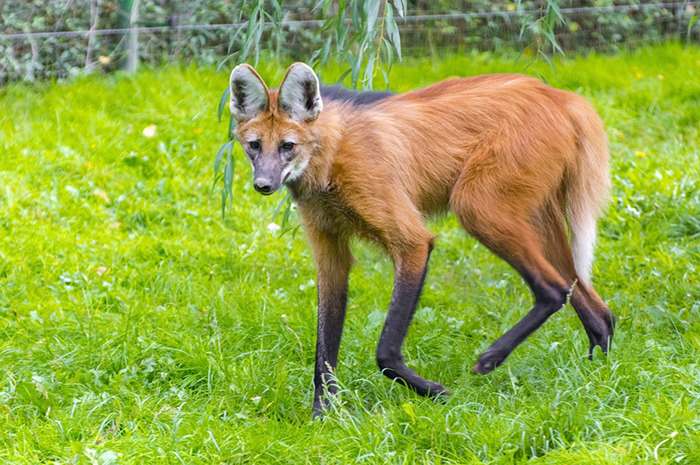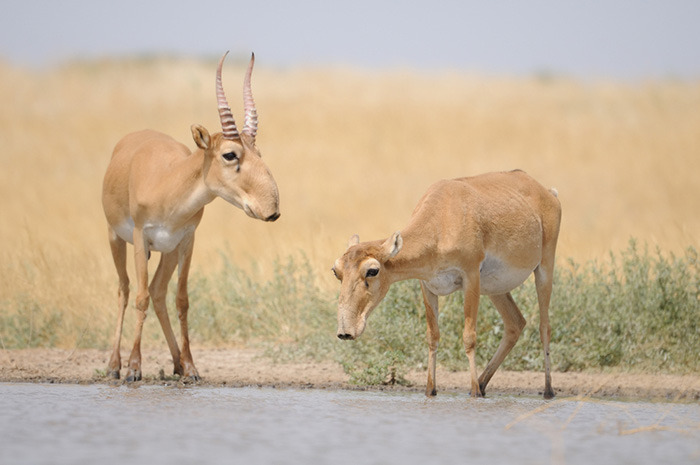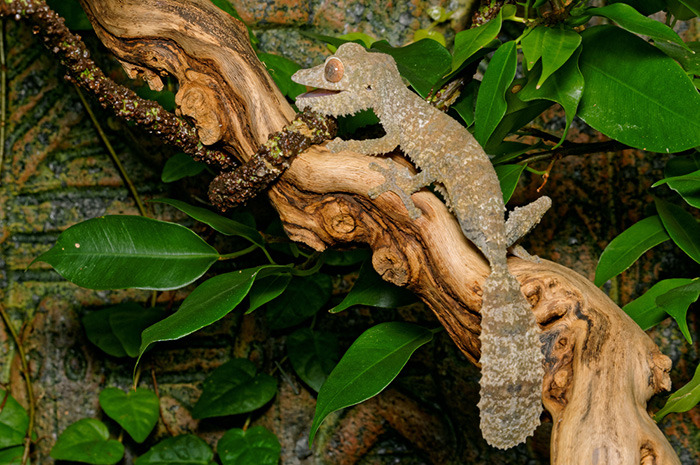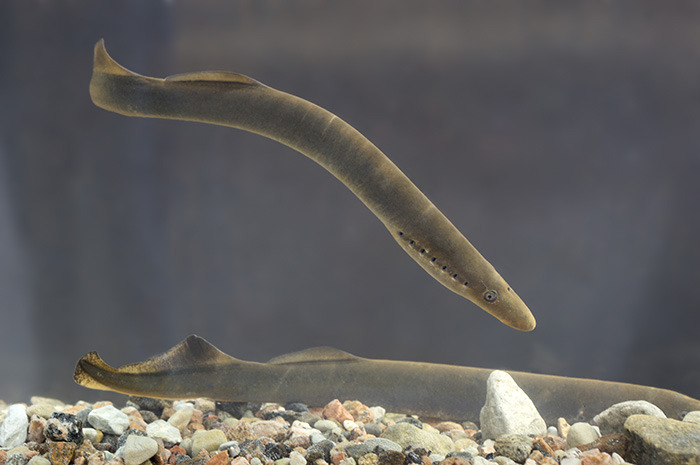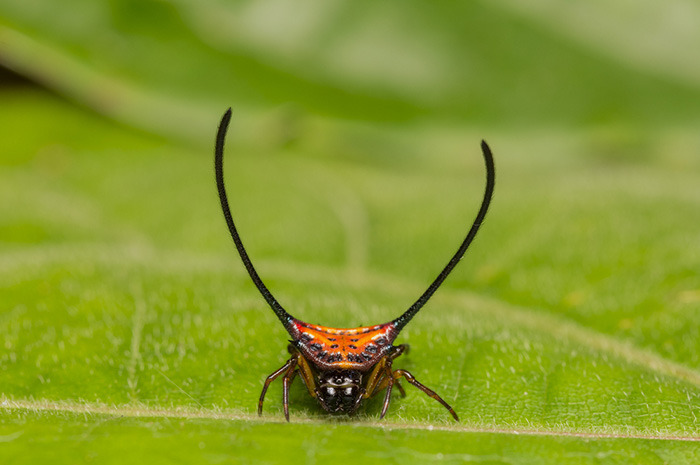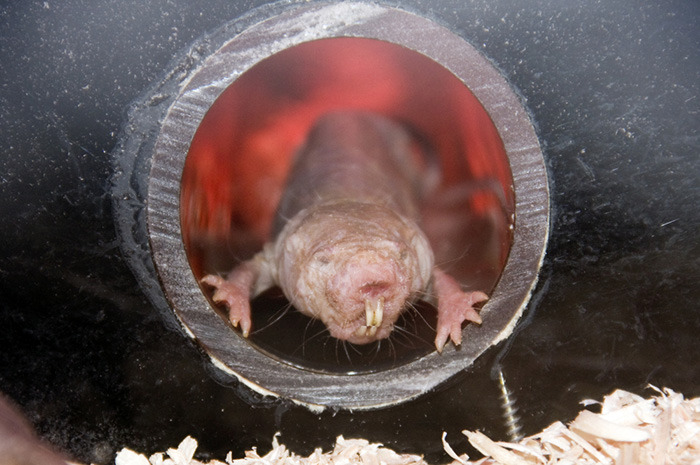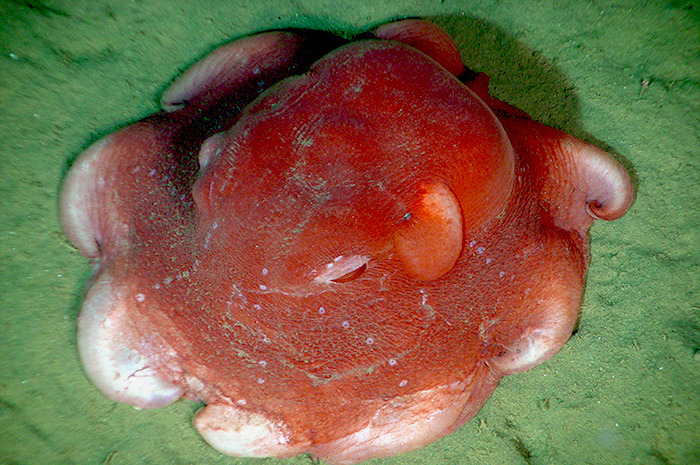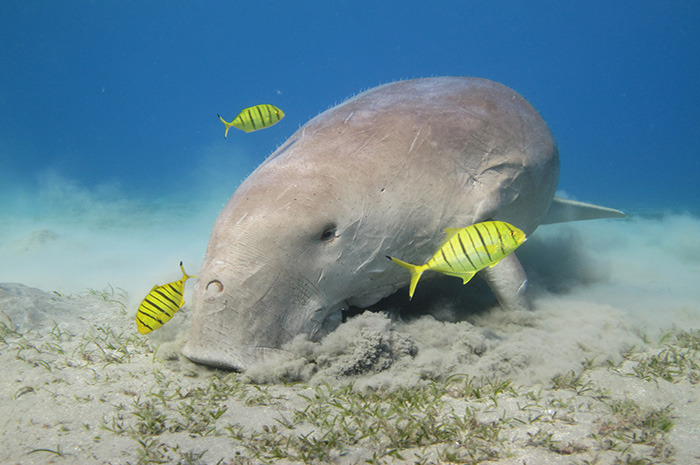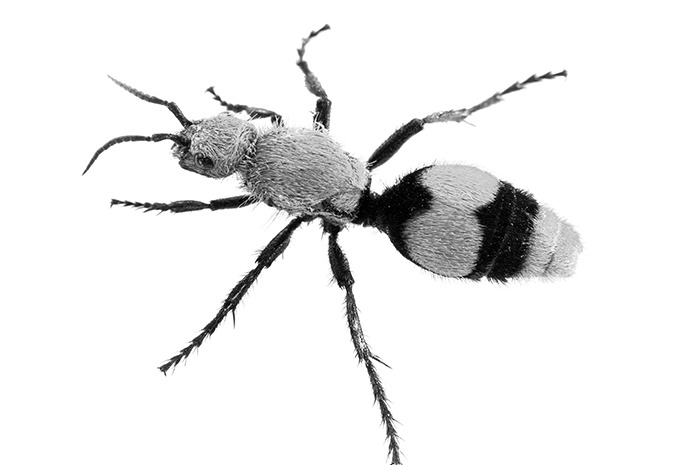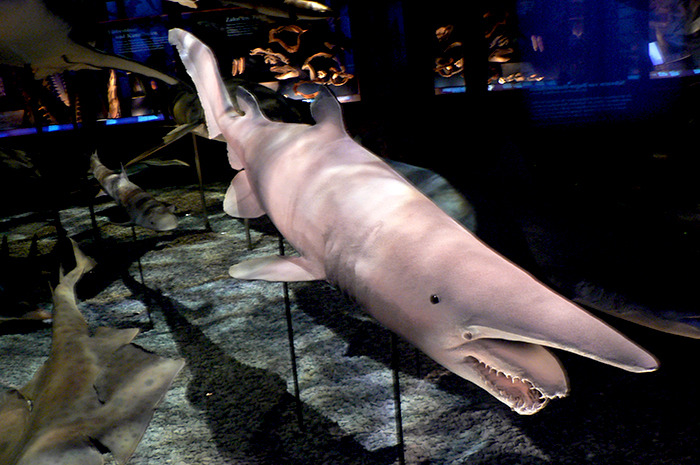Strange Animals From Around The World
Strange Animals From Around the World
While beauty is in the eyes of the beholder, getting close to certain creatures is always a great experience. And they don't have to be dangerous such as tigers, lions or even bears. Some fascinating species you have probably never heard of are just about an inch long; others are rarely seen by people.
Star-Nosed Mole
These interesting-looking creatures are one of the most distinctive types of mammal. Their noses are hairless and ringed by a unique "star" of 22 pink, fleshy tentacles. It has 11 appendages per side that vary in length from 1 to 4 mm. This animal, which weighs up to 3 ounces, is native to North America and is found in a variety of habitats with moist soil and poor drainage.
Glowing sea turtle
Two years ago marine biologists found a sea turtle that glows in the South Pacific. It was the first biofluorescent reptile ever found in the wild, according to Smithsonian Magazine. The turtle was glowing green and red. Biofluorescent creatures absorb light and radiate it back out, usually in these shades. Every such species has its own reasons for glowing, mostly to help them hunt or to hide.
Long-eared jerboa
These cute little rodents live in North Africa and Asia, according to National Geographic. They are aided by hind limbs that are at least four times as long as their forelimbs and long tails that add balance. They get around by jumping; they don't drink water – they get their moisture from food; and they are restricted from entry into the U.S.
Diane’s bare-hearted glass frog
This is a small lime green frog about an inch long, and has a transparent belly. Its scientific name is Hyalinobatrachium dianae. The new species of glassfrog was discovered in the Caribbean foothills of Costa Rica. The common name of this nocturnal frog honors the mother of the leader of the group of scientists who found the frog.
The Maned Wolf
This unique animal is a wolf in name only, according to the Engendered Wolf Center. It is a canid, which makes it related to the wolf. But maned wolves are more closely related to the forest fox, as you can tell from its appearance. It even has fox-like characteristics – shaggy, white tipped tail and large ears. Its nickname is "fox on stilts."
Japanese Spider Crab
This is the largest crab in the world, and it may live up to a century. Its Japanese name is taka-ashi-gani, which literally, and unsurprisingly, means "tall legs crab." This species' body grows to about 15 inches diameter and the legs span to 15 feet. It is usually found at depths of 500 ft. to 1,000 ft. The spider carbs are a prized delicacy in many parts of the country.
Saiga antelope
Habitat loss and illegal hunting have dramatically cut population numbers, according to WWF Global. The large humped nose is flexible and inflatable in order to help the saiga breathe clean air during dusty summers and warm air during cold winters. The animal has long, thin legs but is similar in size to a sheep.
Leaf-tailed gecko
The most remarkable ability of this fairly rare lizard is to mimic a leaf. These geckos, which live for more than 10 years, occur in the tropical forests of the central to north east coast of Madagascar, according to Reptile Magazine. The scientific name of this species is phantasticus. It means "imaginary" in Latin.
Lamprey
This parasitic fish is native to the Atlantic Ocean. They parasitize other fish by sucking their blood and other body fluids. The sea lampreys have remained largely unchanged for more than 340 million years and have survived through at least four major extinction events, according to the Great Lakes Fishery Commission.
Long-horned orb weaver spider
It is part of the third largest family of spiders known behind the jumping spider family. These astonishing species build circular web across pathways; you can actually bump into them in the dark. Their excessively long body horns are a mystery; experts are not sure what their purpose is.
Naked Mole Rat
This subterranean rodent offers great promise as a biomedical model of resistance to disease, and diseases of aging in particular. It is the longest-lived rodent and is remarkably resistant to neoplasia, making it a unique model for research on aging, cancer, metabolic regulation, development, pain, and behavior.
Dumbo Octopus
This octopus is known as the deepest living of all octopus species; they live on the bottom or hovering just slightly above the seafloor at depths of depths of 9,800 to 13,000 feet with some living as deep as 23,000 feet below sea level, according to Aquarium of the Pacific.
Dugong
These cousins of manatees have a similar plump appearance, but have a dolphin fluke-like tail. However, unlike manatees, which use freshwater areas, the dugong is strictly a marine mammal. They are often referred to as "sea cows." They can be found on sea grasses in shallow coastal waters of the Indian and western Pacific Oceans, according to WWF.
Panda ant
Panda ants are not necessarily ants but wasps that are also called velvet ants. These insects get their name because of their black and white color. The females are often wingless, huge and have many furs. You may look at them, but avoid contact. They have a nasty sting that could get ferociously painful on your skin. They are also called "cow-killers" because they can knock out a cow with their sting.
Goblin shark
Goblin sharks are a species of fish that usually live at the bottom of the ocean. They can grow 12 feet long and weigh up to 460 pounds. Scientists don't know much about the behavior of these rarely seen animals, according to National Geographic. It has the ability to completely unhinge its jaws when feeding.
